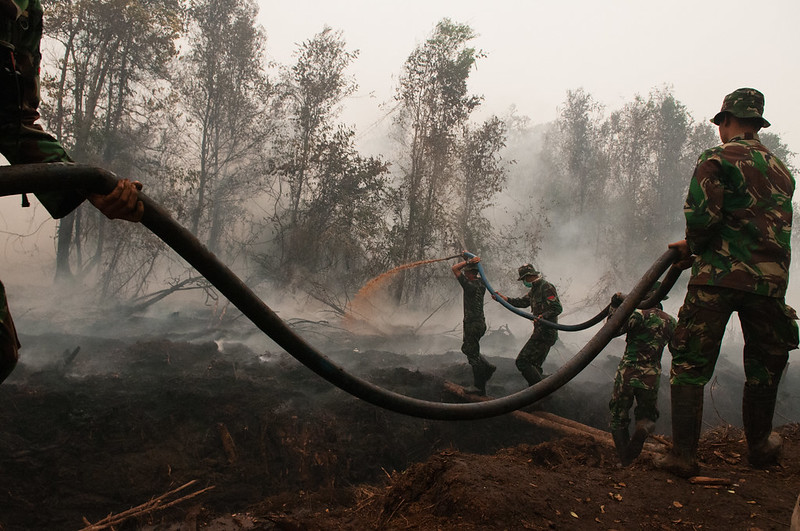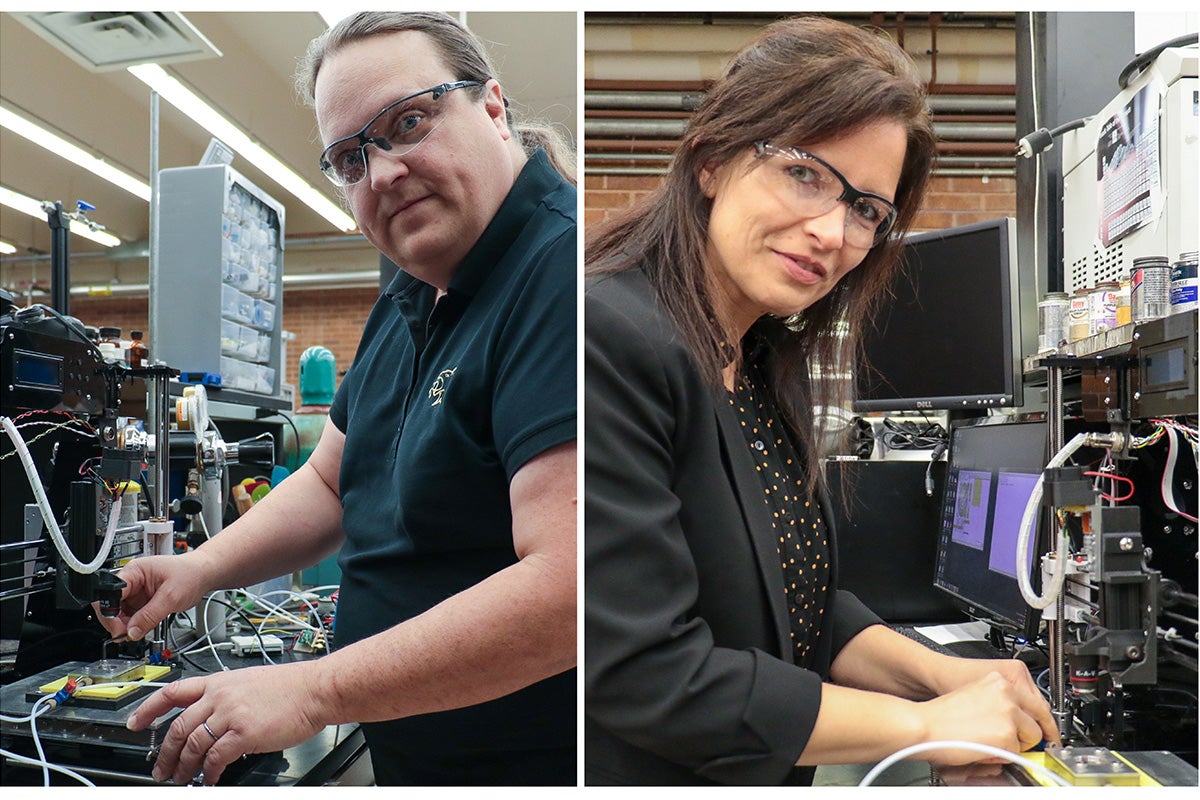
How CO₂ Mixes Underground Over Time — This visual shows the four main stages of carbon dioxide mixing after underground injection: from initial diffusion to active mixing and eventual stabilization. While carbon capture helps, the slow pace of mixing shows why cutting emissions remains essential.
We’re capturing carbon to fight climate change—but does that mean we can keep burning fossil fuels? A new study says: not so fast.
We all want to believe in solutions. With headlines about new technologies to capture carbon dioxide (CO₂) and store it deep underground, it’s easy to feel hopeful. And we should—these tools are an important part of the climate puzzle.
But a recent scientific study reminds us of something important: carbon capture is not a substitute for cutting emissions. It can help, but it can’t do the job alone.
Here’s what the study found—and why it matters for anyone concerned about climate change.
The Bottom Line
Scientists recently ran some of the most advanced computer simulations to better understand what happens after CO₂ is stored underground. What they found is simple, but powerful:
- CO₂ mixes underground more slowly than we thought.
- Even when conditions are ideal, it can take decades to fully trap the carbon.
- Thankfully, the study offers a new model to help us predict and manage the process more accurately.
What does this mean in plain terms?
Carbon capture can help us buy time—but we still need to slash emissions at the source.
How CO₂ Storage Works (Simple Explainer)
Let’s break it down.
Carbon capture and storage (CCS) is a method of taking CO₂—usually from power plants or factories—and injecting it deep underground, into rock layers filled with salty water (called brine). Once underground, the CO₂ begins to mix with the brine. Over time, it becomes trapped and less likely to escape back into the air.
But here’s the key: this process doesn’t happen instantly.
- At first, the CO₂ just sits there.
- Then, it starts to mix with the brine slowly.
- Eventually, if enough time passes, it becomes safely diluted and stored.
This is why we can’t rely on carbon capture alone. If we keep emitting at today’s pace, storage can’t keep up.
What the Study Found (Key Takeaways)
A team of international scientists ran 3D simulations to understand how CO₂ moves and mixes underground. Their findings give us a more realistic picture than older studies.
CO₂ Storage Happens in 3 Stages
- Diffusion Phase: The CO₂ sits near the top, barely moving, and starts to slowly dissolve.
- Mixing Phase: Fingers or “plumes” of CO₂-rich water begin to form and sink, helping the mixing process.
- Shutdown Phase: As the space fills up, mixing slows, and it becomes harder for new CO₂ to enter the system.
The 13.5% Surprise
Older research assumed that CO₂ mixes 25% better in 3D (real-world) environments than in simpler 2D models. But this new study found the actual difference is only 13.5%. This matters because it corrects an overestimate in how fast and how much carbon we can safely store.
A Better Model
The study also introduced a simple, accurate formula to predict how CO₂ behaves underground over time. This helps engineers and policymakers design storage projects that are safer and more reliable.
In short: better science means better planning—and fewer excuses to delay real climate action.
Why It Matters for the Real World
We need trust in climate solutions. That means knowing how long it takes for stored CO₂ to become safe and stable underground.
Let’s take a real example: the Sleipner site in the North Sea, one of the world’s longest-running carbon storage projects.
- After 20 years, only about 50% of the injected CO₂ has fully mixed.
- To reach 90%, it could take more than 100 years.
That’s valuable progress—but it’s slow. We can’t lean on carbon capture alone, especially if emissions continue at today’s rates.
What This Means for Climate Activists
For climate activists, concerned citizens, and policymakers, this study offers a powerful reminder: Carbon capture is not a free pass to keep polluting.
Instead, it should be used alongside deep emissions cuts to help us reach climate goals faster and safer. Use this research to ask more questions:
- How long will it take for the CO₂ to safely mix underground?
- What’s being done to monitor leakage risk over time?
- Are we also cutting emissions at the source—or just relying on storage?
The answers to these questions matter—because our planet’s future depends on both honest science and decisive action.
The Big Picture
Climate change is a big problem—and we need many tools to solve it. Carbon capture is one of those tools. But we shouldn’t treat it like a silver bullet.
“Carbon capture isn’t a free pass—it buys us time, but only if we use that time to slash emissions.”
This study helps us see that clearly. It’s not about losing hope—it’s about staying realistic, smart, and focused on solutions that truly work.
Final Thought
If we’re serious about protecting our planet, we must keep reducing the amount of CO₂ we put into the air—even as we work to store what’s already there. Science, like this study, helps point us in the right direction. It’s up to all of us—activists, voters, leaders, and everyday people—to act on that knowledge.
Source: De Paoli, M., Zonta, F., Enzenberger, L., Coliban, E., & Pirozzoli, S. (2025). Simulation and modeling of convective mixing of carbon dioxide in geological formations. Geophysical Research Letters, 52, e2025GL114804.



